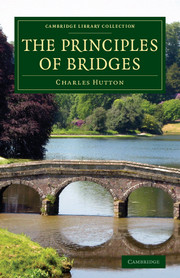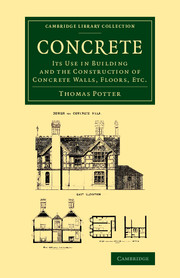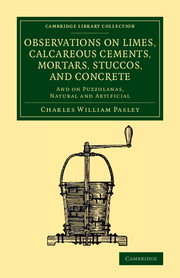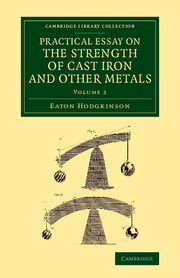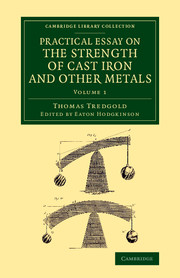The Principles of Bridges
Though raised in Newcastle's coal-mining community, Charles Hutton (1737–1823) went on to make his mark as a teacher and mathematician. A fellow of the Royal Society (and recipient of the Copley medal), he carried out research into the convergence of series, ballistics, and the density of the earth. After flooding destroyed several bridges across the Tyne in November 1771, he began to study the design of bridges, and published this mathematical treatment in 1772. It demonstrates the ideal properties of arches and piers, with due consideration given to the force of water flowing against these structures. Hutton's practical observations also enhance a section that provides definitions of relevant terms. Not merely a solution to the demands of transport and trade, a well-designed bridge, in Hutton's eyes, stands as a structure of elegance and beauty.
Product details
November 2014Paperback
9781108070492
114 pages
216 × 140 × 7 mm
0.15kg
11 b/w illus. 1 table
Available
Table of Contents
- Preface
- 1. Of the projects of bridges, with the design, estimate, etc.
- 2. Of the arches
- 3. Of the piers
- 4. Of the forces of water, etc.
- 5. Of the terms or names of the various parts peculiar to a bridge.

